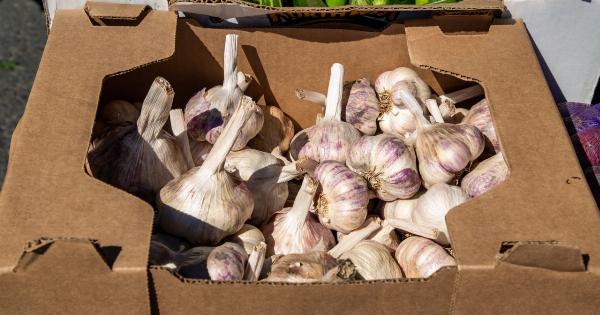When it comes to maintaining healthy eyes and reducing blood pressure, there are a few foods that come to mind.
But there is one lesser-known superfood that is making waves in the health world for its ability to do both: the scarlet superfood, or hibiscus.
What is Hibiscus?
Hibiscus is a flowering plant that belongs to the Malvaceae family. It is native to tropical regions and is commonly found in Africa, Asia, and the Caribbean.
The plant is prized for its beautiful flowers, which come in a variety of colors, including scarlet, pink, yellow, and white.
Health Benefits of Hibiscus
Hibiscus has long been used in traditional medicine to treat a variety of ailments, including high blood pressure, stomach pain, and fever. Recent studies have confirmed many of the health benefits of hibiscus, including:.
1. Reducing Blood Pressure
Several studies have shown that drinking hibiscus tea can reduce blood pressure in people with hypertension. One study found that drinking three cups of hibiscus tea per day for six weeks lowered systolic blood pressure by an average of 7.2 mmHg.
2. Protecting the Heart
Hibiscus is also believed to protect the heart by reducing cholesterol levels and preventing oxidative stress. One study found that drinking hibiscus tea for six weeks lowered LDL cholesterol levels by 8-15% in people with high cholesterol.
3. Boosting Liver Health
Hibiscus has been shown to have hepatoprotective effects, which means it can protect the liver from damage and help it function properly. One study found that hibiscus extract improved liver function in rats with liver damage caused by a high-fat diet.
4. Improving Digestive Health
Hibiscus is often used to treat digestive issues such as constipation and diarrhea. It is believed to work by increasing the production of digestive enzymes and promoting the growth of beneficial gut bacteria.
5. Protecting the Eyes
In addition to its other health benefits, hibiscus is also believed to protect the eyes from damage caused by oxidative stress.
One study found that hibiscus extract reduced the severity of cataracts in rats by inhibiting the production of free radicals that can damage the lens of the eye.
How to Use Hibiscus
Hibiscus is most commonly consumed as a tea. To make hibiscus tea, steep one teaspoon of dried hibiscus petals in one cup of hot water for five minutes.
You can also add hibiscus petals to smoothies, salads, and other recipes for a pop of color and flavor.
Precautions
While hibiscus is generally considered safe, there are some precautions to keep in mind.
Because hibiscus can lower blood pressure, people who are already taking medications for high blood pressure should consult their doctor before adding hibiscus to their diet. Additionally, hibiscus may interact with certain medications, such as diuretics and antihypertensive drugs, so it is important to talk to your doctor before consuming hibiscus if you are taking any medications.
Conclusion
Hibiscus is a versatile and nutritious superfood that can help protect your heart, liver, digestive system, and eyes.
Whether you drink it as a tea, add it to your smoothies, or use it in other recipes, hibiscus is a delicious and healthy addition to any diet.





























